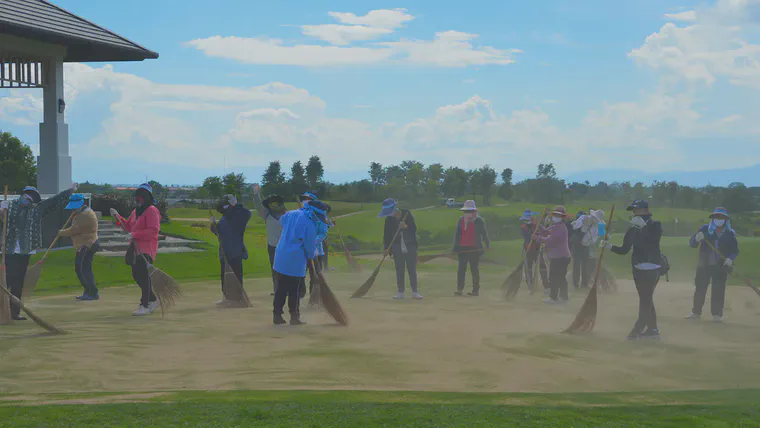Better turf conditions with more intensive maintenance
You may be familiar with the grammar of greenkeeping. That’s what I call the approach to turfgrass maintenance that focuses on growth rate. As I wrote in the preface to the book with that title:
I define greenkeeping as managing the growth rate of the grass. If one accepts that definition, then the rest of this grammar follows logically from that. Managing the growth rate of the grass involves understanding the factors that influence growth: light, temperature, plant water status, and leaf nitrogen content.
The MLSN nutrient guidelines follow logically from that, as does clipping volume (ClipVol) measurement, total organic material by depth (OM246) measurement, and the bobble test for checking quality of ball roll.

I understand that the way I tend to communicate about this grammar comes across as “doing less.” But here’s another way I’d like to explain the grammar, one that is equally correct. In short, the grammar can also be expressed in the opposite way.
Use MLSN as a way to add more fertilizer by identifying the nutrients that are required.
Use clipping volume as a way to grow more grass by identifying that the grass isn’t growing enough.
OM246 testing can be used to find how much more sand and organic matter removal are required.
The bobble test and playability measurements in general can be used to find that more verticutting and grooming and more mowing and rolling are necessary in order to improve the surface conditions. Possibly more topdressing and OM removal can help with this too. More growth and more fertilizer may help too.
I don’t usually explain it that way. I usually explain the grammar in terms of finding the site-specific optimum amount of work. And then that comes across as doing less. But if you think about the grammar in the opposite way, as a method for finding when doing more is going to help, it works too.